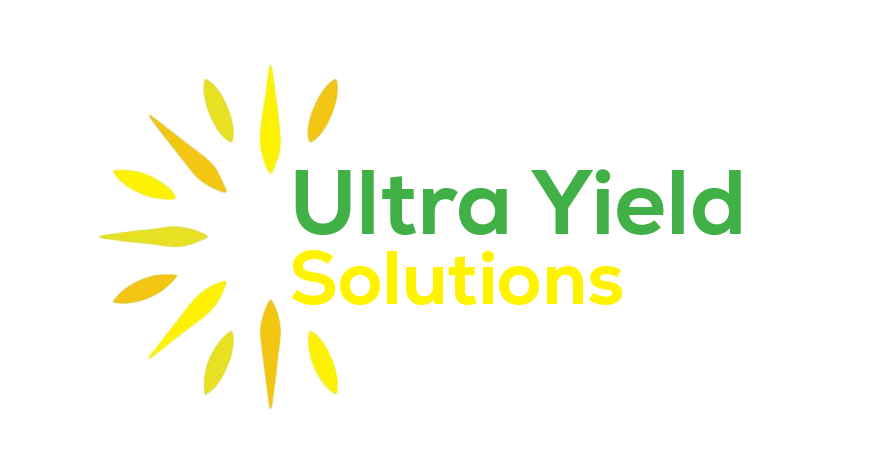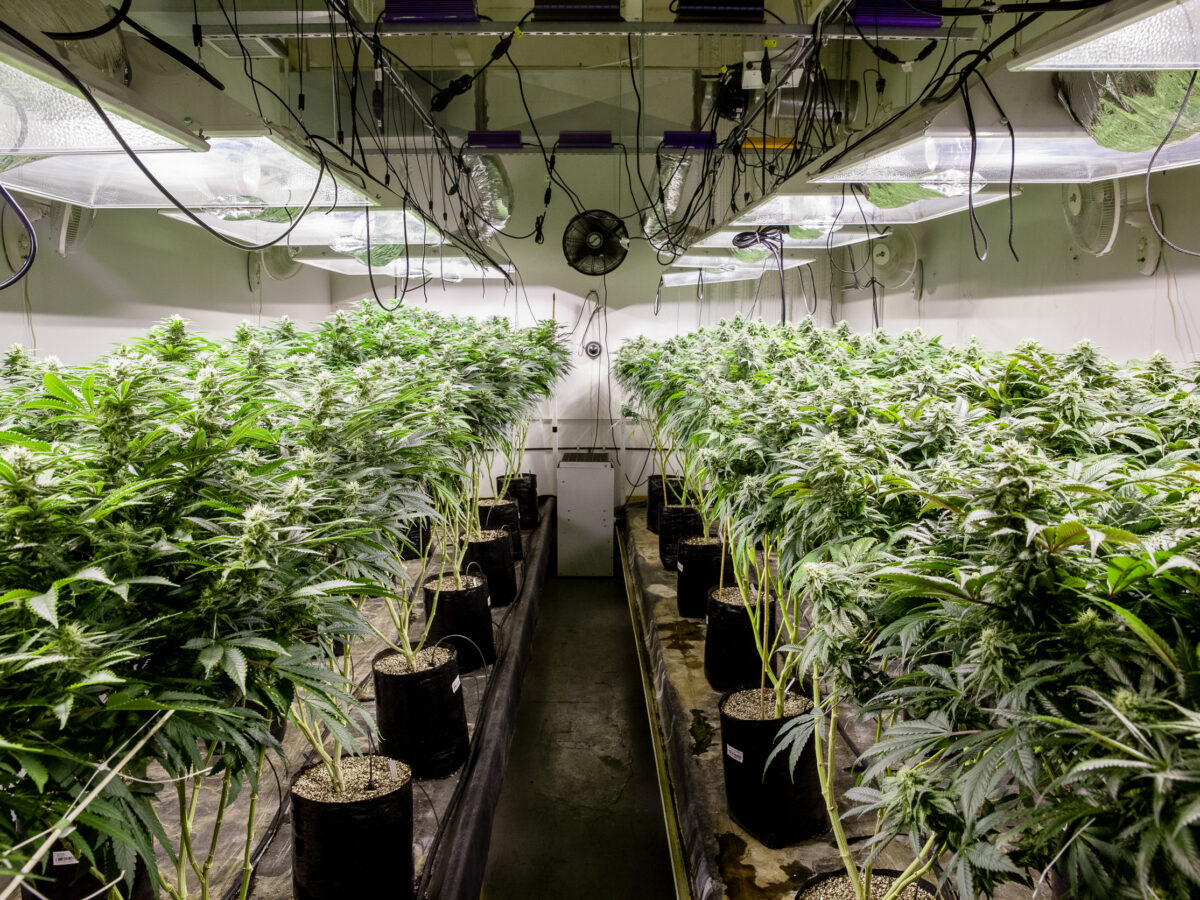Human lighting serves a very different purpose than plant lighting. Humans use light to see. Plants use light to exist as it’s the most critical component to photosynthesis. Sunlight starts a chain reaction in plants that creates carbohydrates (sugars) that eventually become apples, tomatoes, lettuce, and more. Perhaps there’s a reason “Let there be light” is the biblical mandate it is.
Thanks to global warming, less tillable land, growing populations, and consumer desire for super fresh and pesticide-free organics, the need for indoor-grown fruits and vegetables continues to expand. Add in legalization of cannabis and the grow light category has a projected five-year CAGR approaching 30%! Indoor agriculture is one of our country’s fast-growing categories. Arguably evergreen! Enough of the puns, you get the idea.
While it’s impossible to beat natural sunlight, today’s lighting manufacturers continue to improve spectrum and intensity to maximize yield and reduce cost. Soon, fixtures will become crop specific (“I need strawberry lights”). Remember, what’s needed for microgreens is very different than for, say, romaine or green peppers. Add in the desire to speed growth, improve taste, increase nutritional value and you realize how complex this category is. Far different than growing tomatoes in the backyard.
Commercial Indoor Growing
The difference between growing and manufacturing is scale. Just as the Iowa farmer boasts acres of corn and is hoping for a bumper crop, the indoor farmer is also trying to maximize yield. And as every plant needs a certain amount of water and proper nutrition, it also needs a certain amount of light (referred to as DLI). In some cases, that is 18+ hours/day at a very high intensity. Other times, it’s 12 hours a day. Some plants prefer massive amounts of photons (like cannabis) while others are more delicate (like arugula).
Greenhouses provide a blend of natural and supplemental light, the exact amount varies based on crop, phase of growth, even facility latitude. Indoor facilities rely on artificial lighting for everything and is the most important decision a CEA farmer makes along with an array of integrated technology is needed including sensors for CO2, humidity, fertigation, temperature—often aggregated onto one controller dashboard. This allows the grower to assess everything facet of his farm at any given time. Slight modification in any one factor can have a disastrous effect on the crop. Tread lightly and carefully.
When it comes to commercial farming, don’t wing it. Ask experts to help you select what’s needed to drive up yield and drive out cost.

